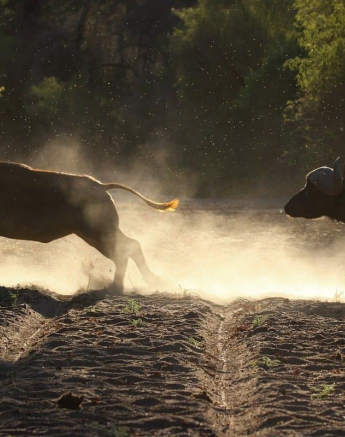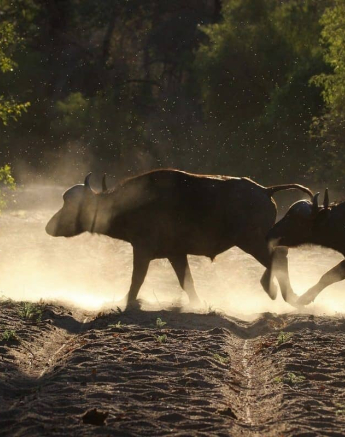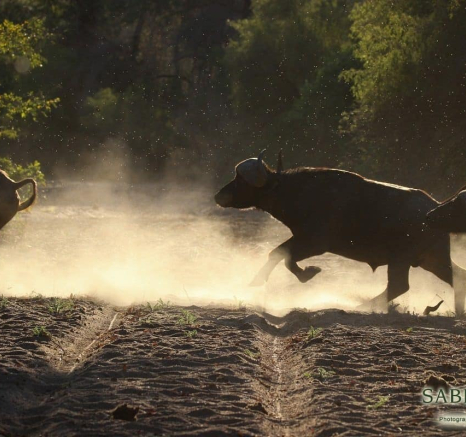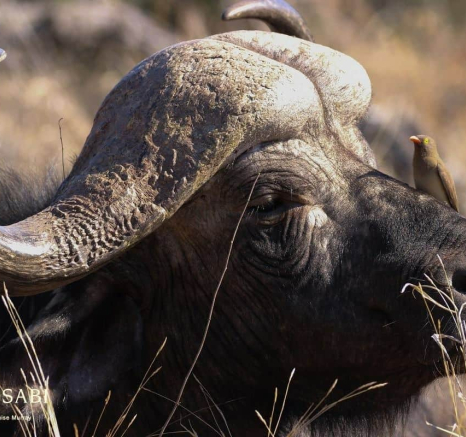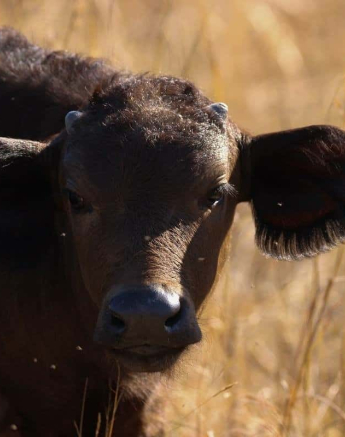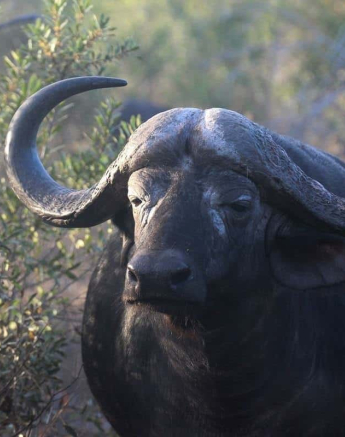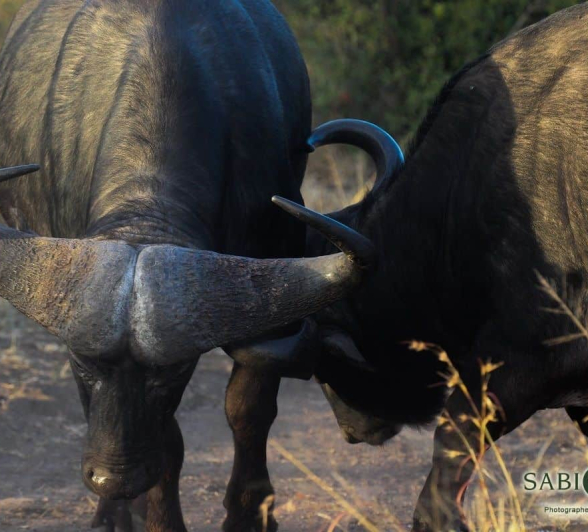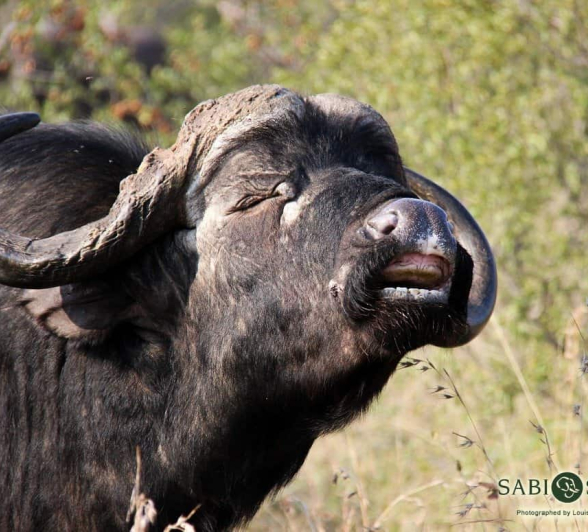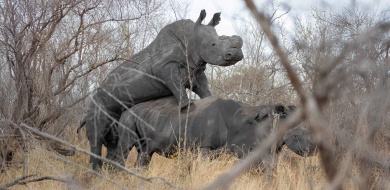African Buffalo
on Nov 09, 2018Species name: African buffalo
Scientific name: Syncerus caffer
Weight: Male: ± 800kg - Female: ± 530kg
Shoulder Height: Male: ± 1.5m - Female: ± 1.4m
General Habitat: Savanna – grassy, shrubveld and prominent woody layers (trees and shrubs).
Diet: Herbivorous - Bulk grazers, eating a variety of different grasses. Also known as ruminants – four chambered stomach – a process whereby food is regurgitated and rechewed (chewing the cud).
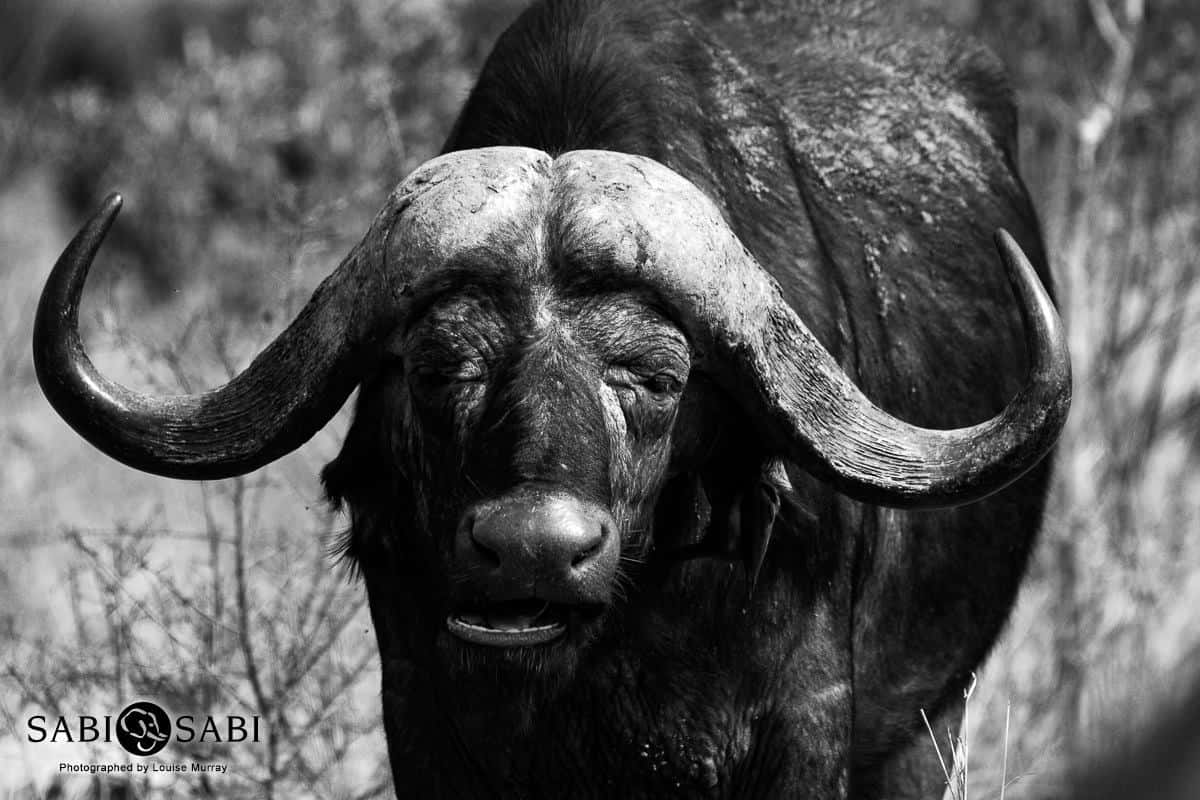
Here at Sabi Sabi Private Game Reserve, we are so fortunate to be able to see the African/Cape buffalo all over our reserve. We have been so lucky as to hold 3 different breeding herds of buffalo in our northern and southern sections of our reserve at the same time. Since buffalo are not territorial but gregarious mammals (social and often in large herds) and hold large home rangers, this makes it possible to have them in such abundance as they are always on the move. Buffaloes are very water dependent, meaning that they need to visit watering holes on a regular basis. Thus, we often get to see large herds of buffalo frequenting the waterholes as well as those situated in front of our lodges. As male buffaloes become old, they become solitary and can on most occasions form a small bachelor herd.
Since buffalo are not territorial, they don’t have a dominate male amongst the mixed herd but rather the female and male both have a dominance hierarchy within the herd. The herd is very well known for protecting individuals from a predator, this we have seen many times when lions try their luck.
If you have a good look at buffalo you will notice that both female and males will have horns, with the male’s horns being significantly larger, especially in the middle section known as “the boss” as males will use these to determine strength and dominance amongst one another for mating purposes.
Buffaloes will generally find a nice open area where they can spend the night, once the sun is up, they will continuously move while eating potentially making their way closer to a waterhole or a nice shady place where they can sit and ruminate (chew the cud) which is required to make maximum use of cellulous.
The lifespan of a buffalo can be anything between 15-20 years. With a female having one calf at a time weighing ±40kgs and a gestation period of 11 months.
Buffalo are big disease carriers - like foot and mouth and corridor disease - they also transmit diseases such as Anthrax, Rinderpest and Bovine Tuberculosis. You often see bones and skulls lying around the reserve, so please ask your guides before handling these.
My Memorable Sighting
About a month ago I was out on safari and we were sitting at a watering hole watching the hippos, the sun was setting and it was getting darker by the minute. With only a hue of light left, we noticed a stampeding herd of buffalo heading straight towards us and the watering hole. I quickly hit reverse and made space for the thirsty buffaloes, who almost dived into the water. The air was full of dust and with it becoming darker by the minute and dust clouds surrounding us, it proved a little hard to see or take photos, so this was an experience you just needed to take in. I loved this sighting because not only was it a great to see them, but to hear them and to smell the dust, it was a sighting where all senses could be used. The hippos obviously were not too happy either which in turn gave us one more thing to see with them displaying.
Photo and video content
